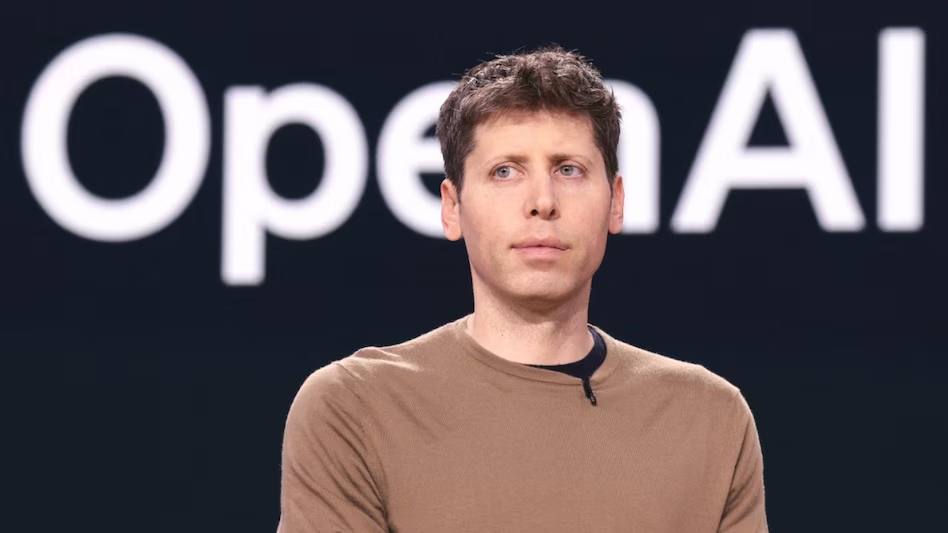OpenAI has just raised the bar again with the release of two powerful AI models: o3 and o4-mini. Designed to go beyond their predecessors—o1 and o3-mini—these new models introduce major improvements in logic, reasoning, visual understanding, and tool integration. Whether you’re a developer, researcher, or educator, o3 and o4-mini unlock entirely new possibilities for how we use AI across work, learning, and creativity.
But before we dive into what makes these models so powerful, let’s take a step back and understand how we got here.
From GPT-2 to o3: How OpenAI’s Models Evolved
OpenAI first captured global attention with GPT-2 and GPT-3, which made AI-generated text sound human-like for the first time. From writing essays to translating languages, these models were good—but not always reliable. They often stumbled when asked to solve complex problems or follow multi-step reasoning.
That changed with GPT-4, where OpenAI began focusing less on generating text and more on improving how AI thinks. This shift led to the o-series, starting with o1 and o3-mini. These models introduced chain-of-thought prompting, which allowed them to break down problems step by step—mimicking how humans approach logic.
Now, with the release of o3 and o4-mini, OpenAI is pushing reasoning even further. These models are designed to excel in high-stakes domains like coding, math, and scientific analysis, where accuracy and logical depth are essential.
What’s New in o3 and o4-mini?
More Powerful Reasoning
Both o3 and o4-mini have been fine-tuned to handle complex tasks with greater precision. Instead of rushing to generate an answer, they take more time to process prompts carefully. That extra time pays off: o3 outperformed o1 by 9% on LiveBench.ai, a benchmark that challenges models with tricky logic, math, and code tasks.
On SWE-bench, which measures software engineering performance, o3 scored 69.1%—higher than even Google’s Gemini 2.5 Pro. Meanwhile, o4-mini came close with 68.1%, offering near-identical reasoning strength but at a fraction of the cost.
Real Multimodal Understanding
One of the most exciting features? These models can now “think with images.” That means they can look at diagrams, analyze visual patterns, and incorporate those insights into their reasoning. Whether it’s a fuzzy handwritten sketch or a detailed flowchart, o3 and o4-mini can break it down and explain what it means.
This kind of multimodal integration opens up smarter, more intuitive interactions with AI—especially in education, science, and design. Imagine uploading a photo of a math problem and getting a clear, visual explanation of how to solve it.
All-in-One Tool Integration
For the first time, OpenAI has enabled these models to use all ChatGPT tools in a single workflow, including:
- Web browsing for real-time information
- Python code execution for analysis and computation
- Image processing for visual tasks
This integration allows them to tackle multi-layered questions without switching tools. For example, if you ask them to analyze recent stock trends, they can pull data from the web, run calculations, and create a chart—all in one go.
For developers, the addition of Codex CLI, an open-source coding assistant designed to pair with these models, makes them even more powerful for automation and app building.
How Will o3 and o4-mini Be Used?
These upgrades aren’t just technical. They’re practical—and have broad implications across industries:
- Education: Students can upload images of problems and receive step-by-step explanations. Teachers can generate lesson plans with visual aids.
- Research: Scientists can analyze graphs, generate hypotheses, and interpret data faster.
- Engineering & Industry: Teams can troubleshoot designs, test code, and simulate results more efficiently.
- Media & Creativity: Writers, designers, and filmmakers can sketch ideas and get AI to help turn them into polished assets.
- Accessibility: For blind users, the models can describe images. For deaf users, they translate visuals into readable sequences.
- Autonomous Agents: Because these models can browse, code, and interpret images at once, they pave the way for AI agents that can handle entire workflows with little to no human input.
What’s Still Missing?
While these models are impressive, they aren’t perfect. Both o3 and o4-mini still have a knowledge cutoff of August 2023. They can only access the most recent information by using their browsing tool, which limits their “out of the box” awareness.
Still, this limitation is likely temporary. OpenAI is clearly moving toward autonomous, continuously learning systems—and these two models are a big step in that direction.
Final Thoughts
OpenAI’s latest models—o3 and o4-mini—are not just smarter; they’re more capable, versatile, and practical for everyday use. They blend deep reasoning with visual intelligence and tool integration, transforming what’s possible in education, research, software development, and beyond.
These models aren’t just upgrades. They’re a preview of how AI will shape our future—one well-reasoned answer at a time.













